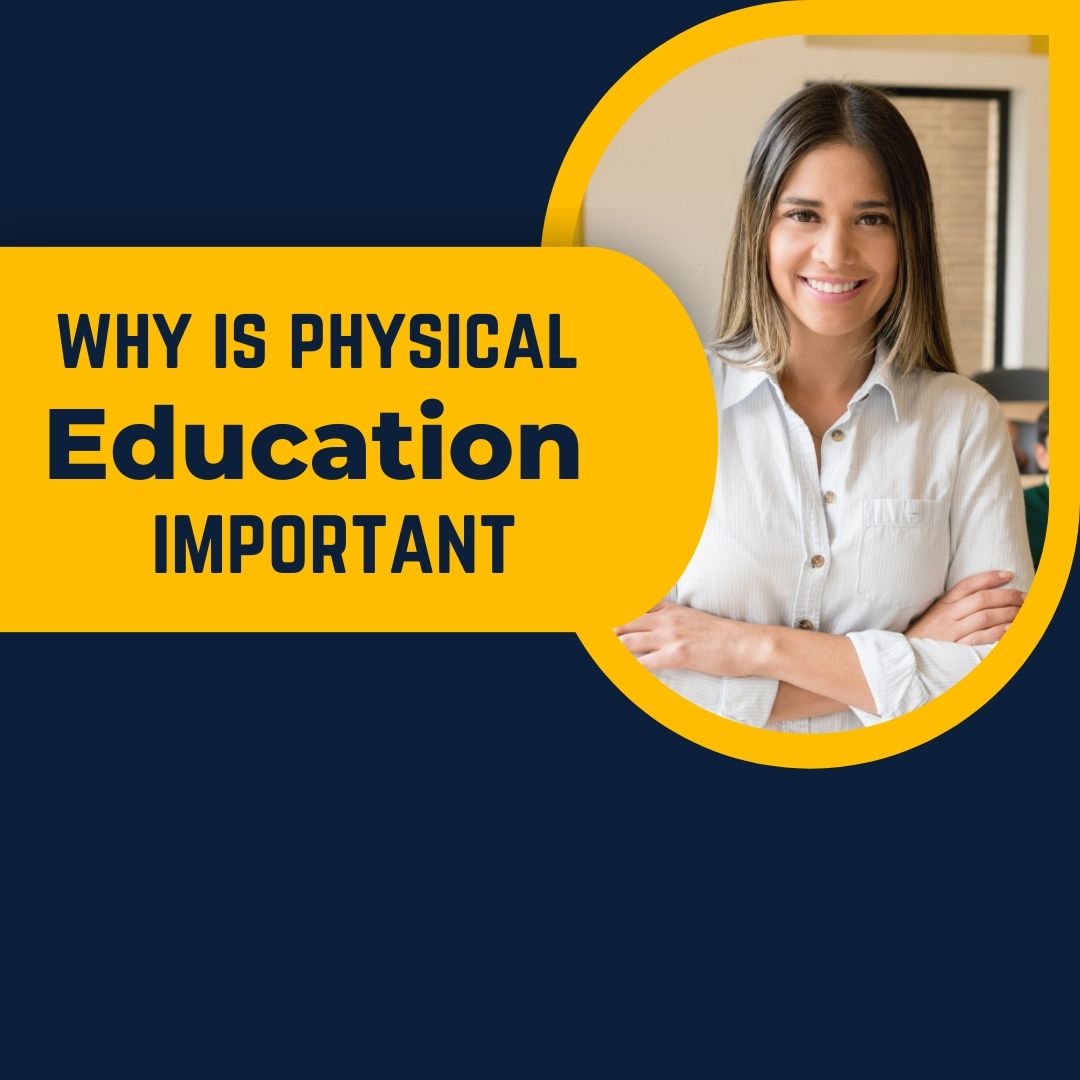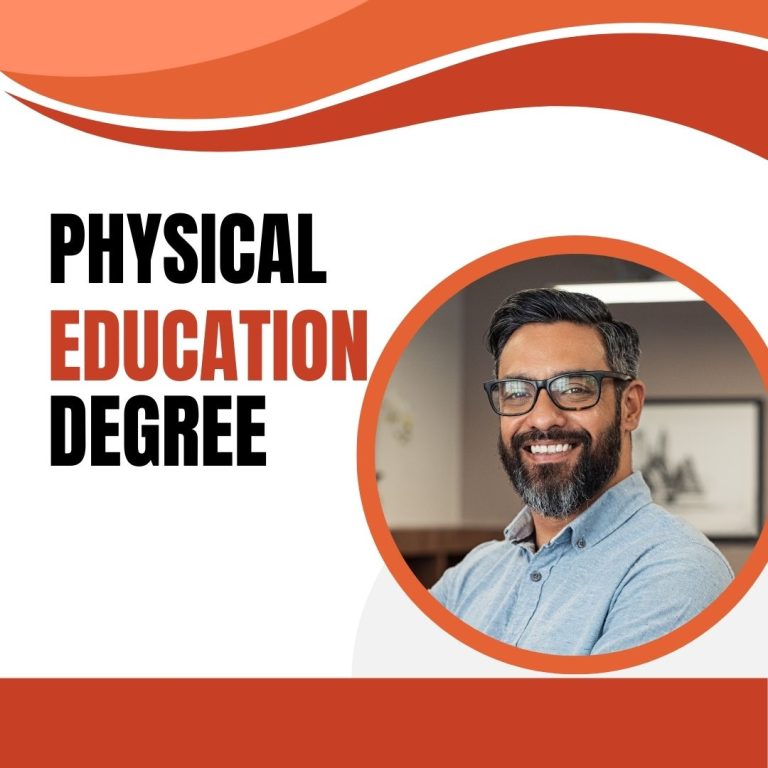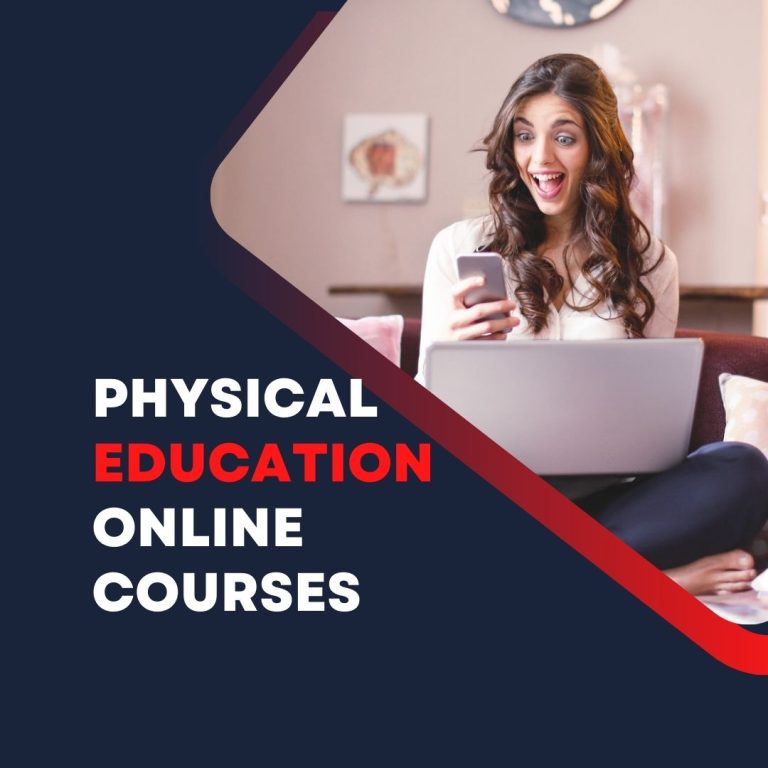Why is Physical Education Important?: Key Benefits Unveiled
Physical Education promotes physical fitness and healthy lifestyle habits. It fosters teamwork and develops motor skills essential for everyday life.
Understanding the importance of Physical Education can significantly impact one’s health and quality of life. It serves not only as a platform for instilling a love for active living but also equips individuals with the skills needed for a range of physical activities.
This foundational subject in schools is vital for encouraging good health practices from a young age, laying the groundwork for a life filled with wellness and vitality. By engaging in regular physical activity through Physical Education, students learn to appreciate the benefits of exercise, including improved mood, better concentration, and a reduced risk of chronic diseases. In a world where sedentary lifestyles are increasingly common, Physical Education is more critical than ever, acting as a counterbalance to inactivity and promoting long-term well-being.
You May Also Read: Academy for Educational Development
The Role Of Physical Education
Physical Education (PE) stands at the crossroads of health and learning.
It shapes nimble bodies and sharp minds. PE fosters physical skills,
confidence, and teamwork. It is a field where action meets education,
guiding growth and development.
Bridging Health And Education
PE is the bridge that connects health and education. It provides a foundation for well-being in schools.
Active kids become smarter learners. Through PE, students learn about their bodies. They understand how to stay
healthy and why it matters. This knowledge is vital. It is the key to a balanced life.
By integrating physical activity with academic concepts, PE ensures healthy minds in healthy bodies.
Here are some roles PE plays in bridging health and education:
- Improves concentration: Active students focus better in class.
- Boosts academic performance: Regular exercise can lead to better grades.
- Reduces stress: Exercise is a natural stress-reliever for students.
A Lifetime Of Healthy Habits
Lifelong wellness starts with habits formed in youth. With good PE, students adopt positive behaviors early.
They learn the joy of movement. They commit to regular exercise. These habits can last a lifetime.
Here’s how PE instills a life of health:
- Teaches sportsmanship: Students learn to win and lose with grace.
- Encourages teamwork: Playing sports teaches working with others.
- Promotes fitness: PE develops a routine of exercise in young lives.
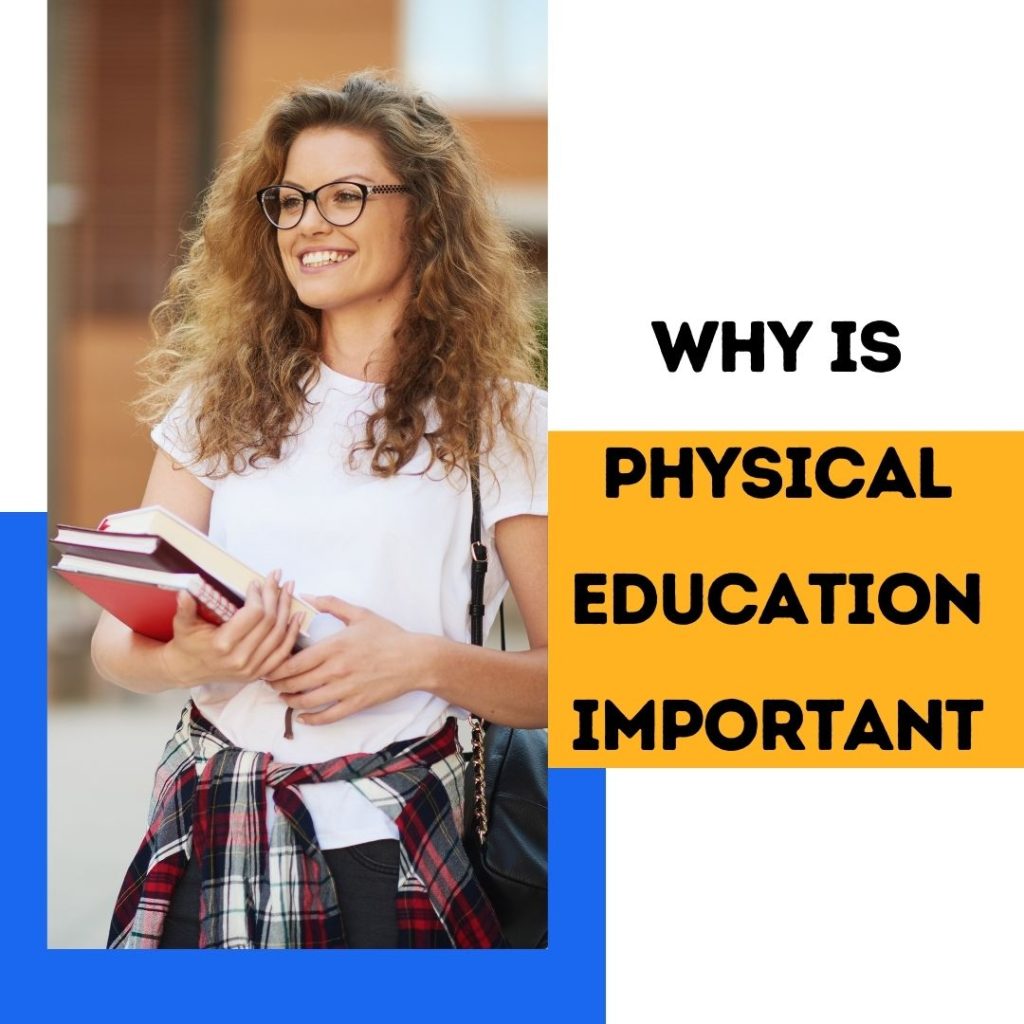
Physical Health Advantages
Physical education plays a crucial role in maintaining a healthy body and mind. Through a variety of activities, students can enjoy significant health benefits, setting the foundation for a lifelong habit of physical activity. Let’s explore some of the key physical health advantages students gain from PE classes.
Combating Obesity
With physical education, students actively burn calories and manage their weight. Regular activity in PE helps reduce body fat and controls appetite. Here is why it matters:
- Lowers the risk of becoming overweight.
- Encourages a healthy metabolism.
- Teaches the importance of energy balance.
Developing Motor Skills
Physical education enhances both gross and fine motor skills. These activities help:
- Improve coordination and balance.
- Build strength and agility.
- Promote accuracy and precision in movements.
Prevention Of Chronic Diseases
Regular movement and exercise combat various chronic diseases. By engaging in physical education, students can:
| Disease | How PE Helps Prevent It |
|---|---|
| Heart Disease | Improves cardiovascular health and blood pressure. |
| Diabetes | Regulates insulin levels and manages blood sugar. |
| Osteoporosis | Strengthens bones and increases bone density. |
Mental And Emotional Well-being
Physical Education (PE) plays a pivotal role in the mental and emotional growth of students. It goes beyond physical fitness, impacting their mental state positively. Regular PE classes can boost mood, improve concentration, and help manage stress. Let’s explore how PE contributes to mental and emotional well-being.
Stress Reduction Through Exercise
Exercise is a stress buster. It releases endorphins, the body’s natural feel-good hormones, leading to a refreshed and optimistic state of mind. PE classes provide a structured opportunity for students to engage in physical activity that combats stress. Regular involvement in such activities during school hours helps maintain a balanced mental state, which is crucial for learning and personal growth.
Building Self-esteem And Confidence
Physical Education can significantly enhance a student’s confidence and self-esteem. By learning new skills, achieving goals, and improving at various sports, students see tangible results of their efforts. This progress translates into a positive self-image and heightened self-assurance. Incorporating team sports can also teach about cooperation and resilience, further bolstering self-esteem. Success in PE may lead to a sense of accomplishment that permeates other areas of a student’s life.
You May Also Read: What Are The Most Profitable Online Courses?
Social Skills And Teamwork
Physical Education plays a fundamental role in the development of a child’s social abilities. It extends beyond the benefits of physical health to address essential life skills. A significant component of these skills involves social interaction and the ability to work effectively within a team. Let’s delve into how physical education supports the cultivation of social competencies and teamwork.
Cultivating Cooperation
Cooperation is a cornerstone of success in both school and later life. Physical education classes provide numerous opportunities that encourage students to work together to achieve common goals. Activities might include:
- Team sports, where players coordinate with each other.
- Partner exercises, promoting trust and reliance.
- Group challenges, where communication is key.
By participating in these, kids learn to support each other and understand the value of joint efforts and shared success.
Understanding Team Dynamics
Grasping the nuances of team dynamics is vital. Physical education sets the stage for children to comprehend:
- The role of leadership within a group.
- Effective ways to communicate during an activity.
- How to resolve conflicts in a healthy manner.
- The importance of diverse skills and how they contribute to team success.
Such understanding leads to an appreciation for different roles, respect for peers, and the significance of collective efforts for reaching a common aim. This knowledge is transferable across myriad life scenarios.
| Role | Skill | Importance |
|---|---|---|
| Leader | Direction | Sets the tone |
| Communicator | Clarification | Keeps flow smooth |
| Supporter | Encouragement | Boosts morale |
In conclusion, the well-rounded approach of Physical Education in fostering cooperation and a deeper understanding of group interactions is invaluable. It offers real-life lessons in teamwork that extend far beyond the gym.
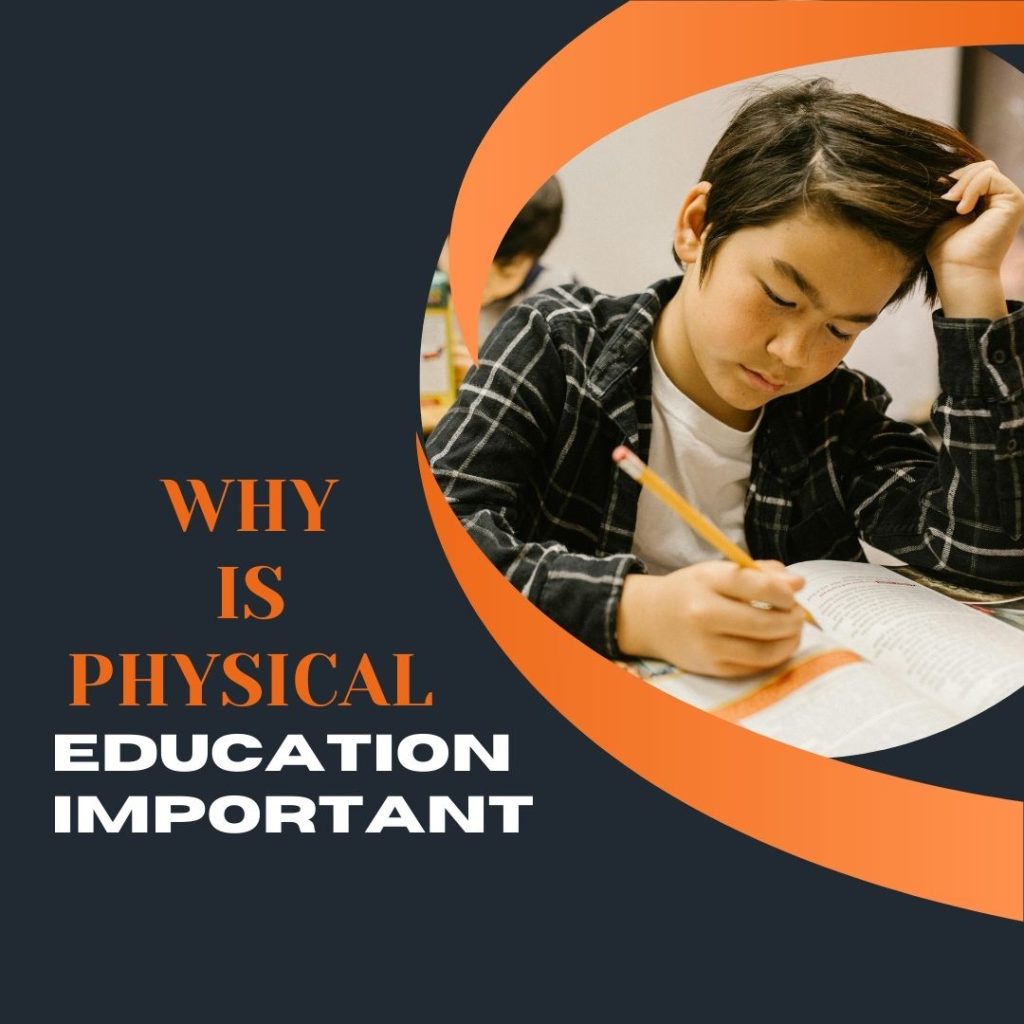
Academic Performance And Pe
Academic Performance and Physical Education (PE) share a dynamic link. While many overlook PE as a break from academics, research suggests it plays a vital role in enhancing students’ learning abilities. Let’s dive into how regular physical activity can boost concentration, memory, and overall brain health, contributing to better academic outcomes.
Enhancing Focus And Memory
Physical exercise does more than just strengthen muscles; it also fortifies the brain. Students who engage in regular PE show improved focus. This leads to better classroom behavior and concentration during lessons. PE stimulates the brain, leading to enhanced memory retention. As a result, students can recall information more quickly and accurately.
- Better concentration on tasks
- Improved behavior in class
- Quicker information recall
Physical Activity For Brain Health
Exercise drives oxygen and nutrients to the brain, promoting neurogenesis—new brain cells’ creation. This growth is essential for cognitive function. Aerobic exercises, in particular, have shown to enlarge the hippocampus. The hippocampus is key for learning and memory. Students who are physically active tend to have more efficient brain function, which translates into improved academic performance.
| Activity Type | Brain Benefits |
|---|---|
| Aerobics | Increases hippocampus size |
| Sports | Enhances cognitive function |
| Stretching & Balance | Supports neuron growth |
Regular exercise not only builds a strong body but also a strong mind; hence, PE holds an irreplaceable role in education for fostering students’ mental capabilities alongside their physical health.
You May Also Read: How to Become a Physical Education Teacher
Inclusion And Equal Opportunity
Physical Education (PE) stands as the cornerstone of an inclusive school culture. Beyond fostering health and physical skills, PE is pivotal for promoting social inclusion and equal opportunities. Every student benefits from a curriculum that recognizes and celebrates diverse abilities and backgrounds.
PE programs designed with inclusion in mind ensure every student can participate. Such initiatives tear down obstacles, making sports accessible to all. This inclusivity nurtures a sense of belonging and community among the students.
Breaking Barriers In Sports
PE plays a crucial role in overcoming hurdles associated with physical abilities, socioeconomic backgrounds, and cultural differences. Effective PE programs implement adaptive methods to bring all students into the fold.
- Customized equipment for different abilities
- Varied activities that cater to a range of interests
- Peer support systems to encourage cooperation
Encouraging Diverse Participation
To embrace diversity in PE, schools must offer a blend of activities. This approach promotes respect and understanding among students of varied backgrounds. It also highlights talents across a spectrum, creating a platform for everyone to shine.
| Activity | Skills Developed |
|---|---|
| Team Sports | Collaboration, Strategy |
| Individual Sports | Self-discipline, Focus |
| Dance | Creativity, Rhythm |
By integrating diverse programs, schools cater to a variety of interests and abilities. This ensures fair participation and equal chances for success.
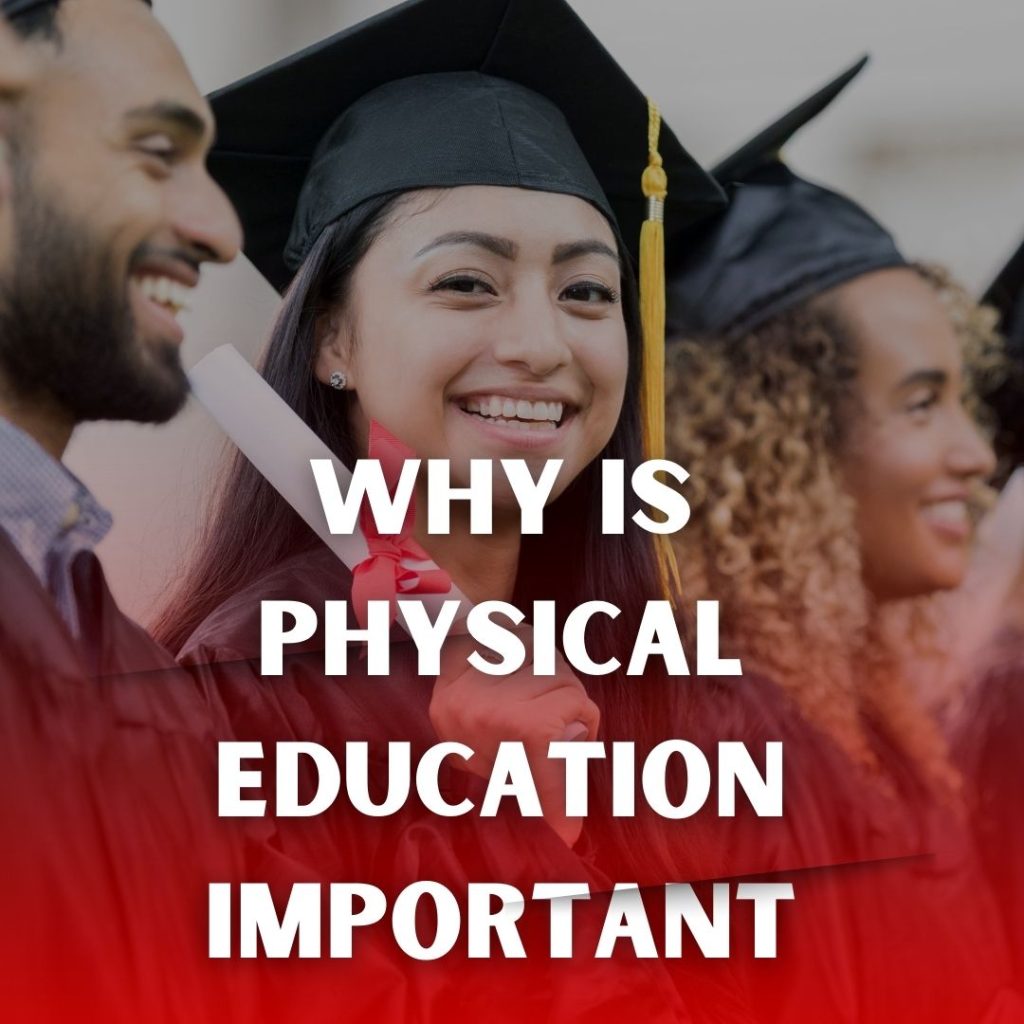
The Long-term Impact Of Pe
Think about your happiest school moments. Often they’re running, jumping, or playing. Physical Education (PE) gives that joy. But it’s more than fun. It shapes your future health and habits. Let’s dive into why PE sticks with you for life.
Promoting Lifelong Physical Activity
PE sets the stage for how active you’ll be as an adult. It teaches exercise as a normal part of life. Here’s how PE makes you move more:
- It introduces fun sports – You find activities you love.
- Teaches skills – You learn how to play and get better.
- Builds confidence – You feel good about moving your body.
With these lessons, you’re more likely to be active after school ends. Exercise becomes your habit, not a chore.
Alumni Success Stories
PE stars often shine bright in the real world. Let’s look at some wins:
| Name | Sport | Achievement |
|---|---|---|
| Alex | Swimming | Swims daily, coach to kids |
| Sam | Track | Runs marathons, inspires others |
| Jamie | Soccer | Plays in a local club, teaches soccer |
Stories like these show PE’s power. It shapes people who value fitness. They pass on their knowledge and love for sports.
Pe In The Digital Age
The world has gone digital, and Physical Education (PE) is no exception. Integrating technology into PE brings new excitement and possibilities for students. Dynamic and interactive, digital tools help make fitness and health education more accessible and enjoyable.
Innovative Technologies In Pe
Innovative technologies revolutionize how students engage in PE. From heart rate monitors to fitness apps, these tools make learning about health fun and interactive. Here’s how technology is changing the game:
- Heart Rate Monitors – provide real-time feedback on physical effort.
- Virtual Reality (VR) – simulates different sports environments for skill development.
- Fitness Apps – offer personalized workouts and track progress.
- Interactive Games – encourage active participation and movement.
Adapting To Virtual Learning Environments
PE programs are quickly adapting to virtual environments. They ensure that physical education remains a priority, even outside traditional settings. Check out the components of successful virtual PE classes:
| Synchronous Learning | Asynchronous Activities |
|---|---|
| Live online classes that keep students engaged. | Recorded sessions and challenges that students complete on their own. |
| Real-time feedback from instructors. | Activity logs and online portfolios tracking individual progress. |
Frequently Asked Questions On Why Is Physical Education Important
What Are Physical Education’s Key Benefits?
Physical education plays a crucial role in improving physical fitness, coordination, and overall health. It enhances mental well-being, supports healthy habits, and fosters teamwork and social skills.
How Does Physical Education Impact Academic Performance?
Engagement in physical education has been linked to better concentration, memory retention, and increased energy levels, all contributing to academic success. Students often show improved academic outcomes.
Can Physical Education Improve Mental Health?
Yes, physical education can significantly boost mental health by reducing stress, anxiety, and depression. Regular physical activity increases endorphin production, leading to enhanced mood and emotional well-being.
Why Is Physical Education Vital For Childhood Development?
Physical education is essential for children’s development as it instills motor skills, strength, and endurance. It also teaches valuable life skills like discipline, fairness, and perseverance.
Conclusion
Physical education holds a vital place in holistic learning. It fosters healthy habits and nurtures mental resilience. The lifelong benefits of strong bodies and minds are clear. Schools and parents must prioritize this crucial component for well-rounded development. Embrace physical education; it’s the cornerstone of a balanced life.

